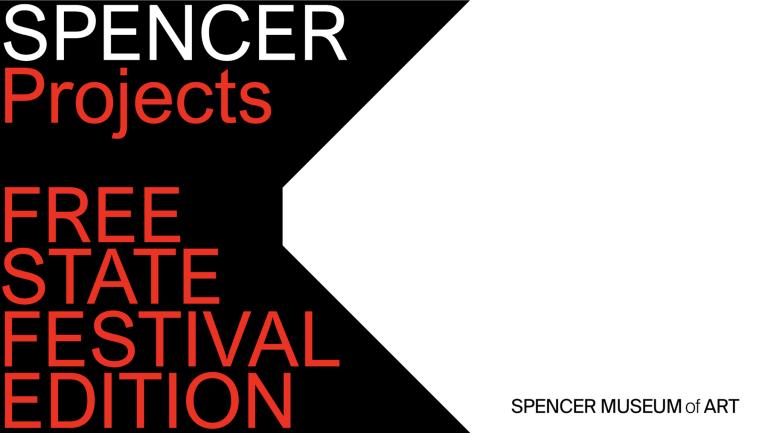Flags, Jasper Johns; Universal Limited Art Editions
Artwork Overview
Jasper Johns, artist
born 1930
Universal Limited Art Editions, publisher
founded 1957
Flags,
1967–1968
Where object was made: United States
Material/technique: color lithograph
Dimensions:
Sheet/Paper Dimensions (Height x Width): 864 x 648 mm
Sheet/Paper Dimensions (Height x Width): 34 x 25 1/2 in
Frame Dimensions (Height x Width x Depth): 38 1/4 x 30 x 1 1/4 in
Weight (Weight): 12 lbs
Sheet/Paper Dimensions (Height x Width): 864 x 648 mm
Sheet/Paper Dimensions (Height x Width): 34 x 25 1/2 in
Frame Dimensions (Height x Width x Depth): 38 1/4 x 30 x 1 1/4 in
Weight (Weight): 12 lbs
Credit line: Museum purchase: Gift of the National Endowment for the Arts
Accession number: 1976.0061
Not on display
If you wish to reproduce this image, please submit an image request















